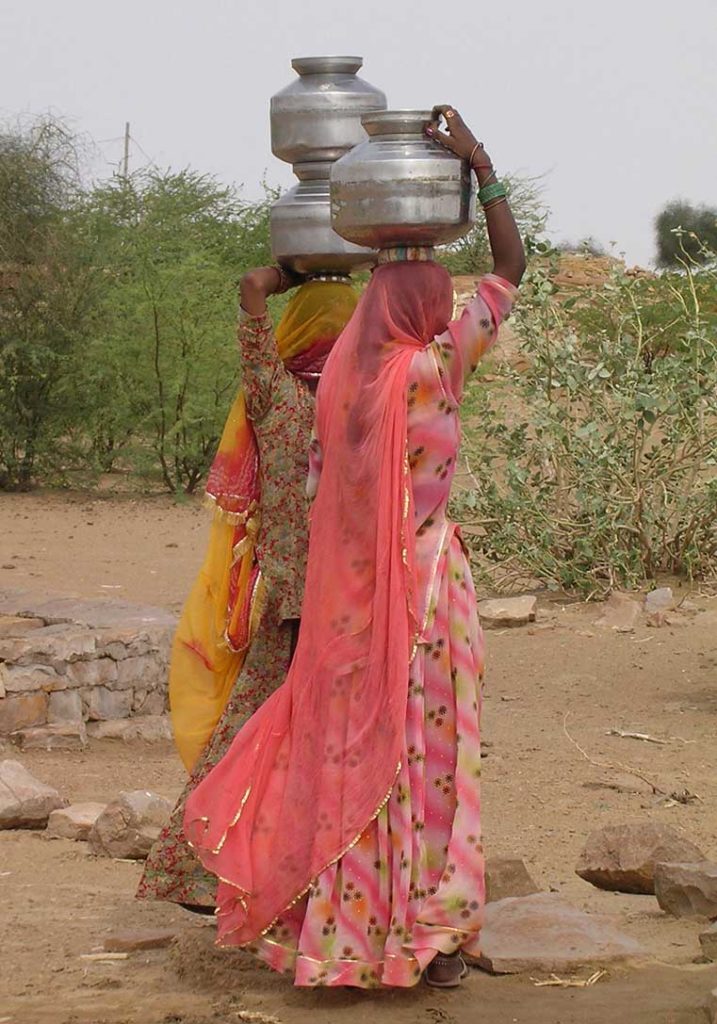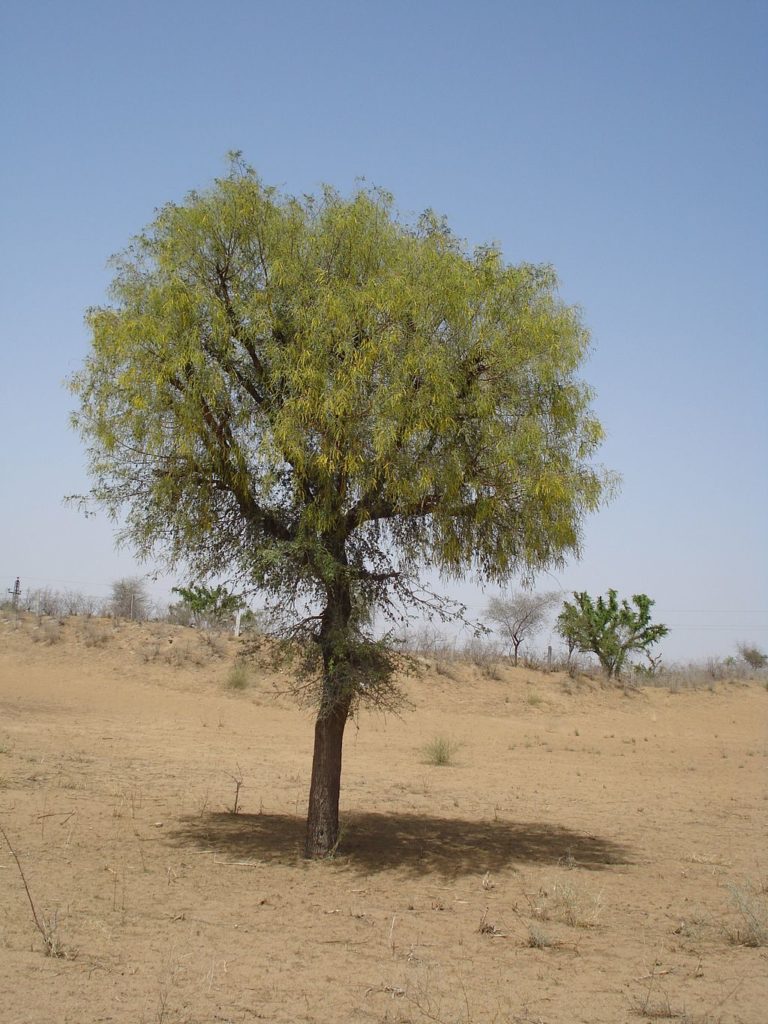Thar Desert 101: everything you need to know about the Thar Desert
When you go on a holiday, you want to go somewhere that takes you away from the normality and stressors of life. Arriving in the Thar Desert to reach your desert camp, you instantly feel that magic. The silent glow and endless rise and fall of sand dunes almost whispers its story of evolution and mystery.
About the Thar Desert
Thar Desert is huge, covering over 200,000 sq km. It therefore deserves its grandeur name, the Great Indian Desert, particularly as most of Thar Desert is in India (15 per cent is in Pakistan). More than 60 per cent of that lies within Rajasthan. A dry state indeed.
Not only that, it’s a harsh place to live. Temperatures range from extremes of near freezing in the colder months to more than 50ºC in summer about the Thar Desert. Swift winds and blinding sandstorms follow summer, before a short rainy period at the tail end of the monsoons (around July, August, September).
Most of that rain runs right through the soft, sandy soils which are poor fertile ground for vegetation. Only the hardiest of plants and creatures can survive and prosper here. And yet, a surprising number of people, livestock and wild creatures live in the area. In fact, despite this desert being so harsh, around 40% of the total population of Rajasthan lives in the Thar Desert, that’s 83 people per sq km. Believe it or not, it’s actually one of the most heavily populated desert areas in the world.


How old is Thar Desert?

Well, some believe Thar Desert, as the dry and barren land it is today, to be 4000-10,000 years old. Some believe its dryness started much earlier. At one time, Ghaggar-Hakra River was a water source for the Indus Valley Civilization, but that dried up (or shifted) around 2000-1500 BC.
Cities like ancient Kalibanganin in northern Rajasthan were abandoned and agriculture shifted to pastoral activities which contributed to depletion of the natural vegetation over the long term. The 649 km-long Indira Gandhi Canal opened in the 1980s now brings fresh water to the region.
For a long time, Jaisalmer was an entry point to the large northern plains of the Indian subcontinent and desert stretches of northern Africa and west-north Asia. The location acted as an important destination for caravans on the Silk Road, a trade route that criss-crossed the continent of Europe, Africa and Asia.
Traditional Thar Desert food
If the Thar Desert is that harsh, what do the locals eat? Villagers live off the arid land, small pieces of agriculture (commonly wheat, pulses and seeds) and dairy from family cows.
One favourite local food is ker sangri, a simple dish of just five ingredients, which are all available at Thar Desert. Ker is a small, tangy berry that grows on a thorny shrub, the ker tree. And sangri are thin, bean-like pods of the khejri tree.
The harsh desert sun and winds wither the sturdiest of plants, but not the khejri or ker trees, which you see frequently throughout the dusty sands. The khejri tree is the most dominant tree of this arid region and hence it became the State’s tree. Roots stretch deep into the sandy soil in search of water and also enrich the soil, and farmers take advantage of this by planting their crops around the trees.
Deservedly, the khejri tree is blessed with grand titles – ‘kalpavriksha of the desert’ as well as ‘king of the desert’ and the ‘wonder tree’. Why? Because it is considered to be a key species in the fragile ecosystem of Thar, enriching the soil for farm crops and providing food, medicinal remedies, hives for bees and fodder for livestock. The wonder tree is even mentioned in the great epics Mahabharata and Ramayana as representing the Goddess of Power.
Explore the Great Indian Desert
The best way to explore the Desert is with an experienced driver or guide who will save you time and effort so that you can relax and enjoy the experience. Alternatively, you make your own plans and drive your own car. Staying at a camp provides a great base from which you can make your daily tours. Queen of Thar can show you how.

